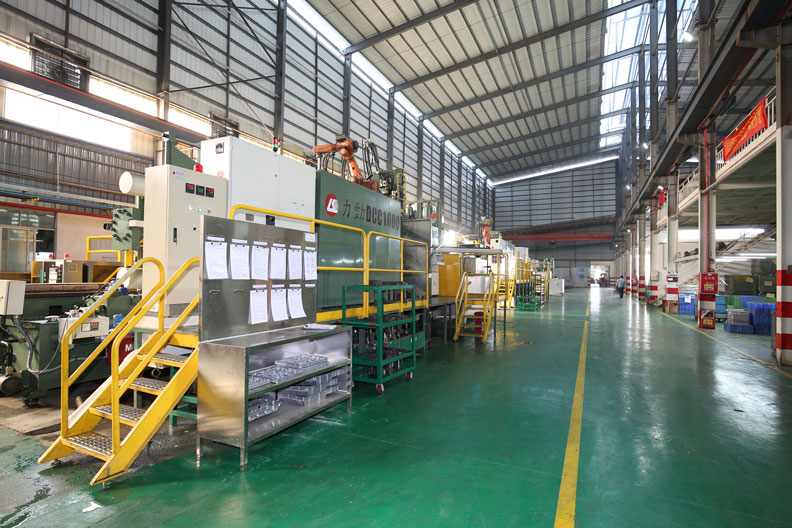Die casting can be divided into: casting, mold, die casting.
Die casting is a precision casting method that uses a high pressure to force a metal solution into a complex metal mold. Die casting is abbreviated as die casting, which is a casting method in which a molten alloy liquid is poured into a pressure chamber, a cavity of a steel mold is filled at a high speed, and the alloy liquid is solidified under pressure to form a casting.
Casting dimensional accuracy is high, generally equivalent to 6-7, or even up to 4; good surface finish, generally equivalent to 5-8; higher strength and hardness, generally higher than sand casting by 25-30%, but extended The rate is reduced by about 70%; the size is stable and the interchangeability is good; the thin-walled complex casting can be die-cast.
Holding Time
After the molten metal fills the cavity, the casting is completely solidified under pressure. This period of time is called the holding time, and the holding time is related to the wall thickness of the casting and the metal crystallization temperature.
Retention Time
The time from the end of the holding pressure to the ejection of the casting from the mold opening is called the mold retention time. The mold retention time is determined according to the nature of the alloy, the wall thickness of the casting, and the structural characteristics. Generally, the minimum time for the casting to eject without deformation or cracking is appropriate.
Pouring Temperature
The average temperature of the molten metal poured into the injection chamber to the filling cavity, also known as the molten metal temperature, is usually at the lowest possible temperature, generally higher than the die-casting alloy, while ensuring the filling and quality requirements. The liquidus temperature is preferably 10~20 °C.
Die Casting Mold Temperature
The die-casting mold should be preheated before production, and a certain temperature should be maintained during the die-casting process. The die-casting mold is always in a hot state, which provides a basic guarantee for the filling and solidification of the alloy liquid. The zinc alloy is generally 150~200 °C; the preheating of the die casting mold can avoid the rapid cooling of the molten metal and reduce the fatigue stress of the die casting mold.
